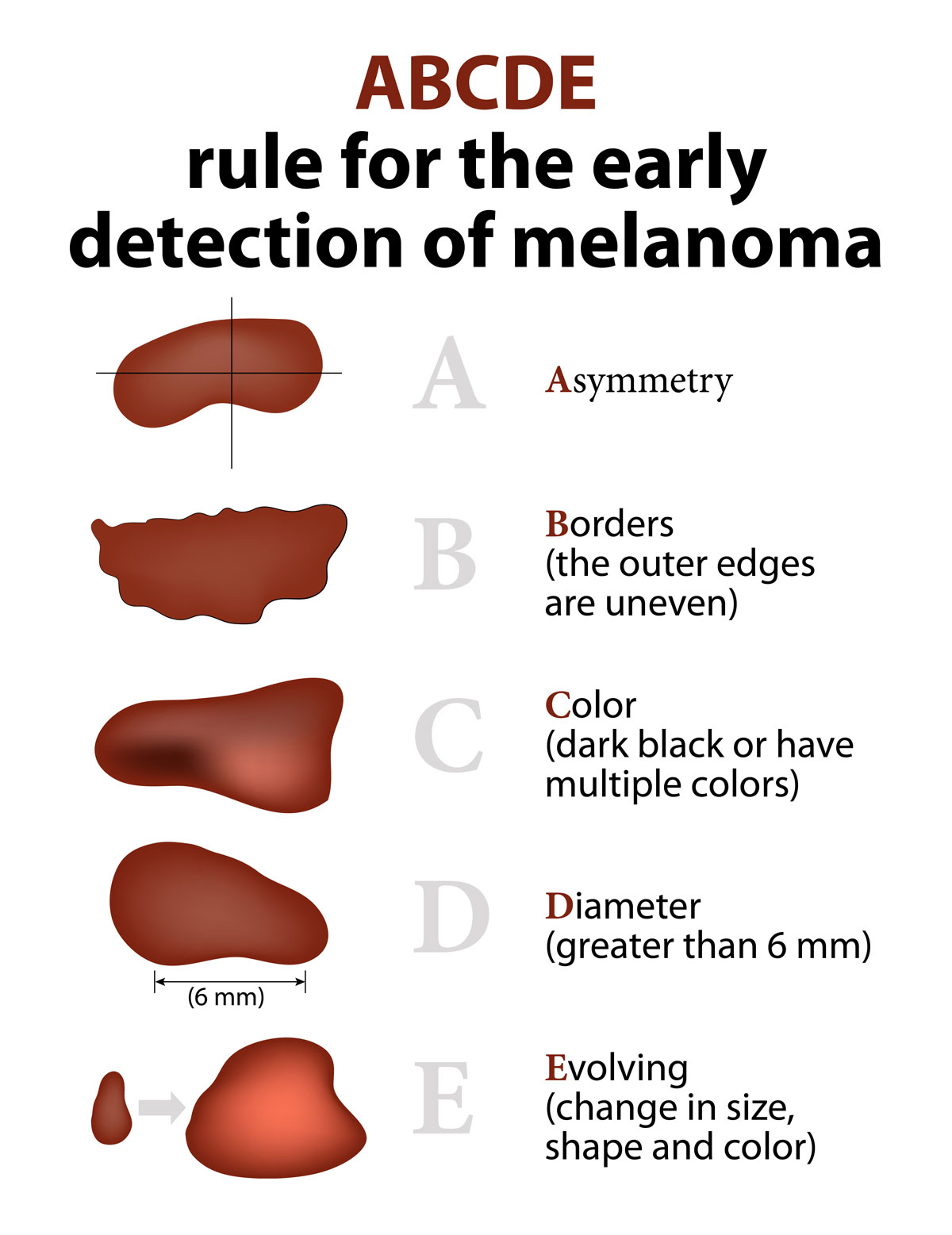May is Skin Cancer Awareness Month. Did you know that more people are diagnosed with skin cancer in the United States each year than all other cancers combined? And, one in five Americans will develop skin cancer by age 70? Skin cancer is largely preventable, and if caught early, is often curable. No single sun protection method can protect you perfectly from developing skin cancer, but you can significantly decrease your chances by following the steps below.
Wear sunscreen daily.
Sunscreens can differ in delivery method, formula, and SPF. The best sunscreen for you is one that you’ll use every day. Your daily sunscreen should have a minimum SPF of 30. If you are outside for an extended period, consider using a higher SPF and reapplying often.
SPF stands for sun protection factor. It tells you how long the sun’s UVB rays would take to redden your skin while using that particular sunscreen compared to the amount of time without sunscreen. For example, if you use sunscreen with an SPF of 30, applied as directed, it would take 30 times longer to burn than if you were not wearing sunscreen.
Cover up.
Clothing can provide consistent coverage from the sun, and it doesn’t wear off over time like sunscreen does. If you know you’ll be exposed to the sun for an extended period of time, wearing long sleeves, pants, a hat that covers your face and neck, and sunglasses can help protect you from burning. There are many fabrics available that offer high-tech protection while being extremely breathable too.
Seek the shade.
If you can, spend your time outside in the shade to lessen your sun exposure, especially between 10 am and 4 pm, when sun intensity is the highest.
Perform regular self-exams.
Skin cancer can appear in many shapes and sizes. Performing a monthly self-exam will help you identify any new, changing, or unusual spots. During a self-exam, you’ll want to examine all parts of your body – face, neck, scalp, hands, arms, torso, back, legs, and feet. Look for any new, changing, or unusual:
- Growths – anything that increases in size and appears pearly, transparent, tan, brown, black, or multicolored.
- Moles – birthmark or brown spot that increases in size and thickness, changes color or texture, or is bigger than a pencil eraser.
- Spots – or sore that continues to itch, hurt, scab, or bleed.
- Open sores – that do not heal within three weeks.
Additionally, use the ABCDE rule to determine if a growth, mole, spot, or sore could be cancerous. If you see something that falls within these guidelines, contact your healthcare provider right away to have it checked out. Remember that skin cancer is largely preventable, and if caught early, it is often curable!




